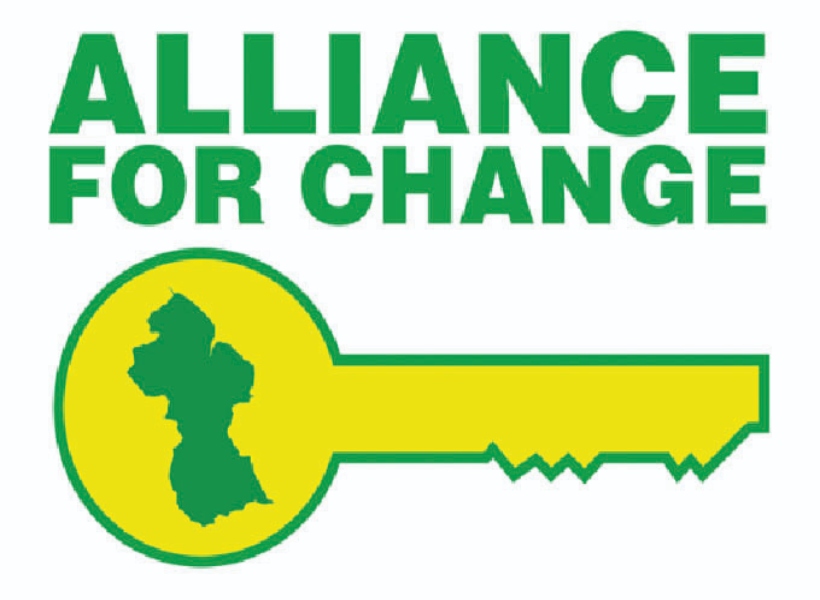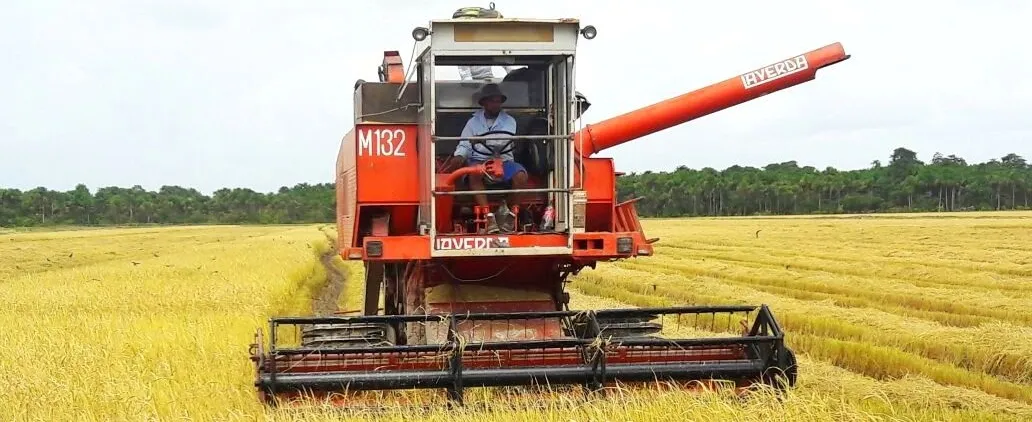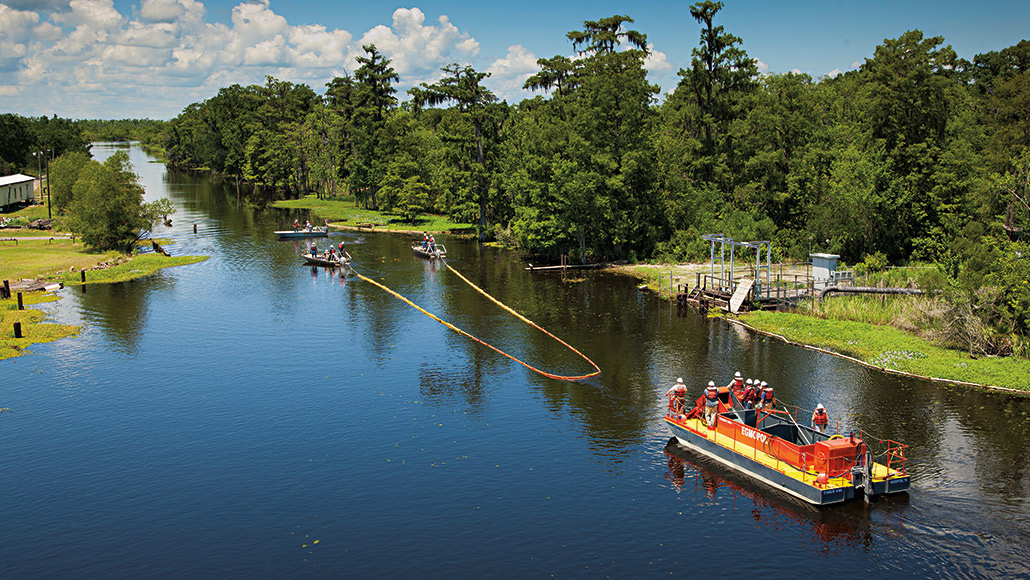The Liza Phase One Project will see the production, processing, storing, and offloading of oil as its core activity. As such, the possibility of an oil spill would be present. In acknowledgement of this, ExxonMobil’s subsidiary Esso Exploration and Production Guyana Limited (EEPGL) has identified nine spill scenarios.
According to EEPGL, these include spills of different types of hydrocarbons such as crude oil, marine diesel, fuel oil, lubricating oil, Non-Aqueous Drilling Fluid (NADF), with several being applicable for spills at the shore bases and on vessels in the Demerara River estuary or in the Atlantic Ocean.
EEPGL noted that the largest of these scenarios considers a loss of well control incident at the seafloor releasing 20,000 barrels of oil per day for 30 days. EEPGL noted, however, that its well control philosophy is focused on blowout prevention using safety and risk management systems, management of change procedures, global standards, and trained experienced personnel. In fact, EEPGL has a mature programme that emphasises attention to safety, well control, and environmental protection.
This includes proper preparation for wells (for example: well design, well control equipment inspection and testing), detecting changes in pressure quickly, and efficiency in the process for temporary closing of a well (personnel training and proficiency drills). In addition to these prevention measures, EEPGL said it has also developed a detailed Oil Spill Response Plan (OSRP) to ensure an effective response to an oil spill if one were to occur.
The OSRP identifies the organisations that would respond to a release event depending on the magnitude and complexity of the spill. The OSRP clearly delineates the responsibilities of each entity that would take part in a response and describes how EEPGL would mobilise both its own resources and those of its oil spill response contractors, as well as notifying the Government of Guyana with respect to mobilising its resources.
Due to the precautionary measures proposed by EEPGL to prevent and control an oil spill, as described, the company notes that the likelihood of an oil spill occurring is expected to be unlikely. Nevertheless, EEPGL says it has conducted oil spill modelling and coastal sensitivity mapping to identify and characterise the resources/receptors with the potential to be exposed to oil in the event of a spill.









